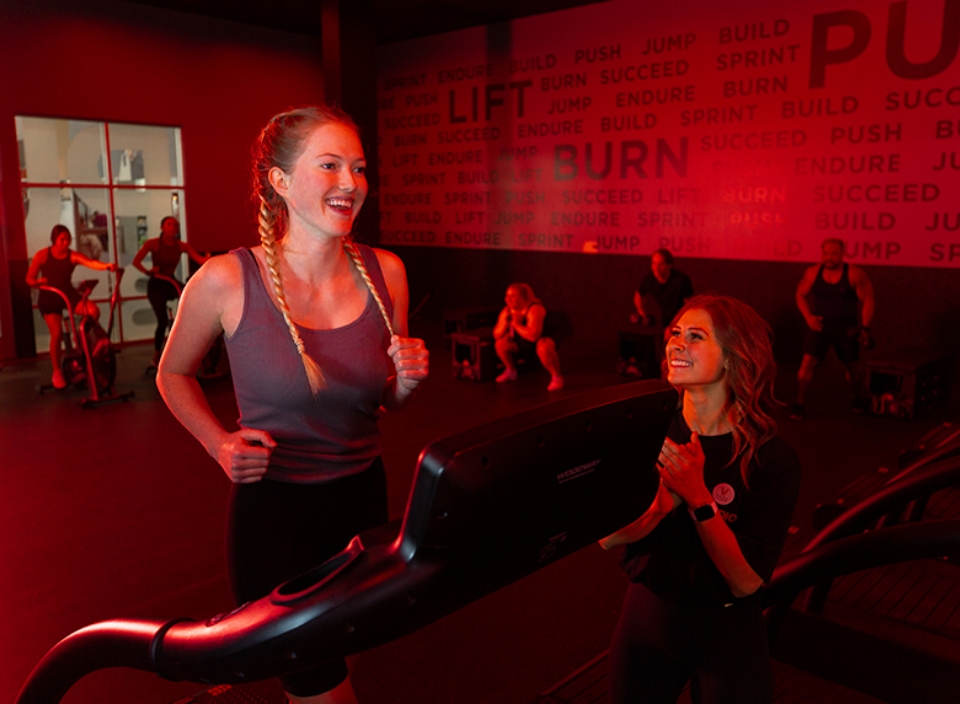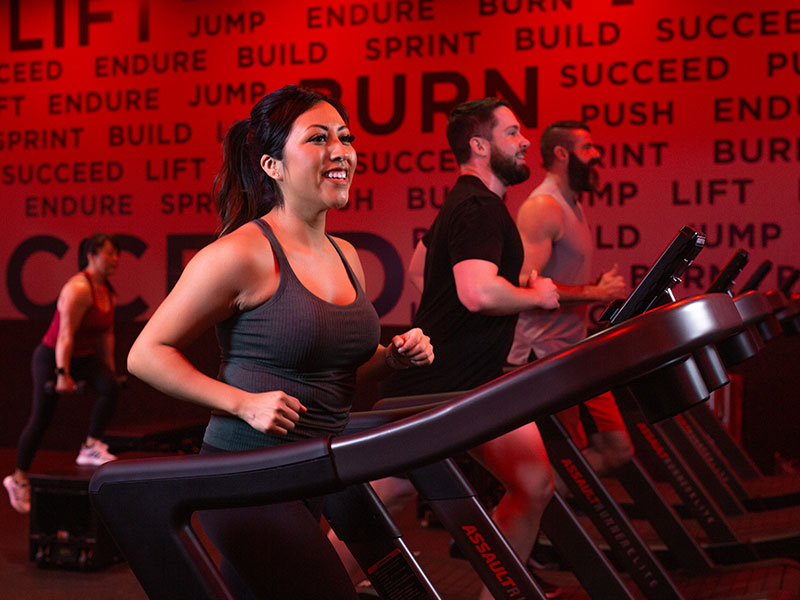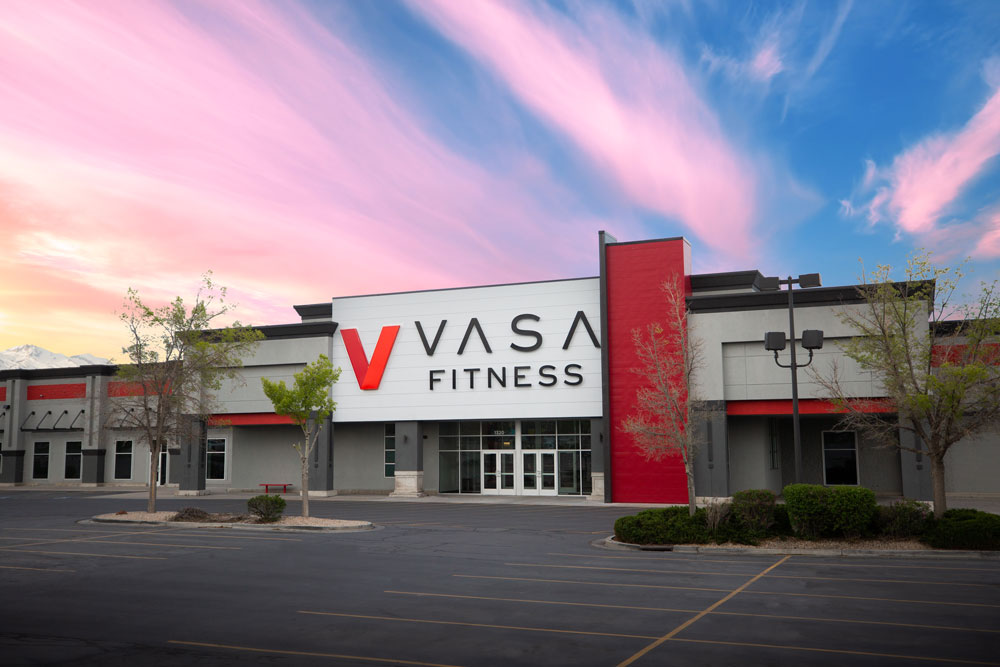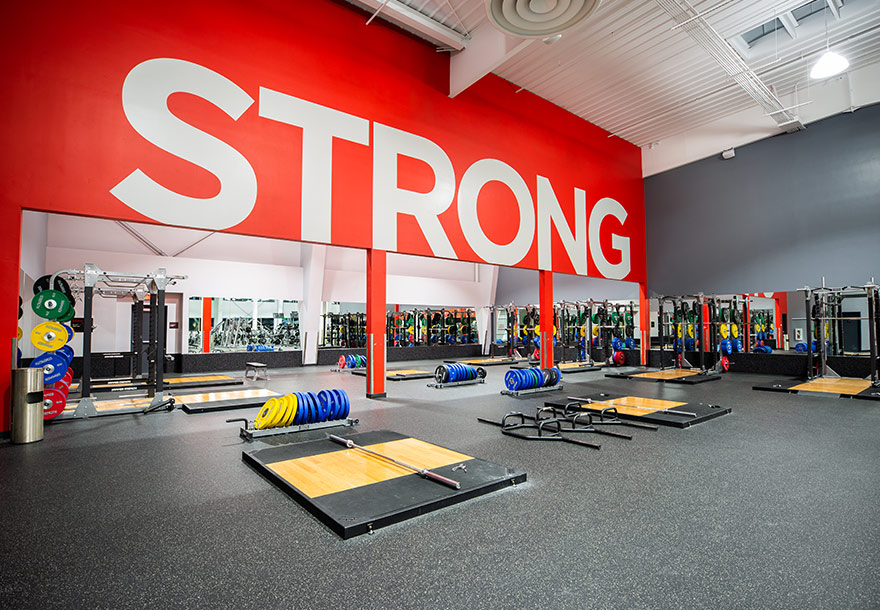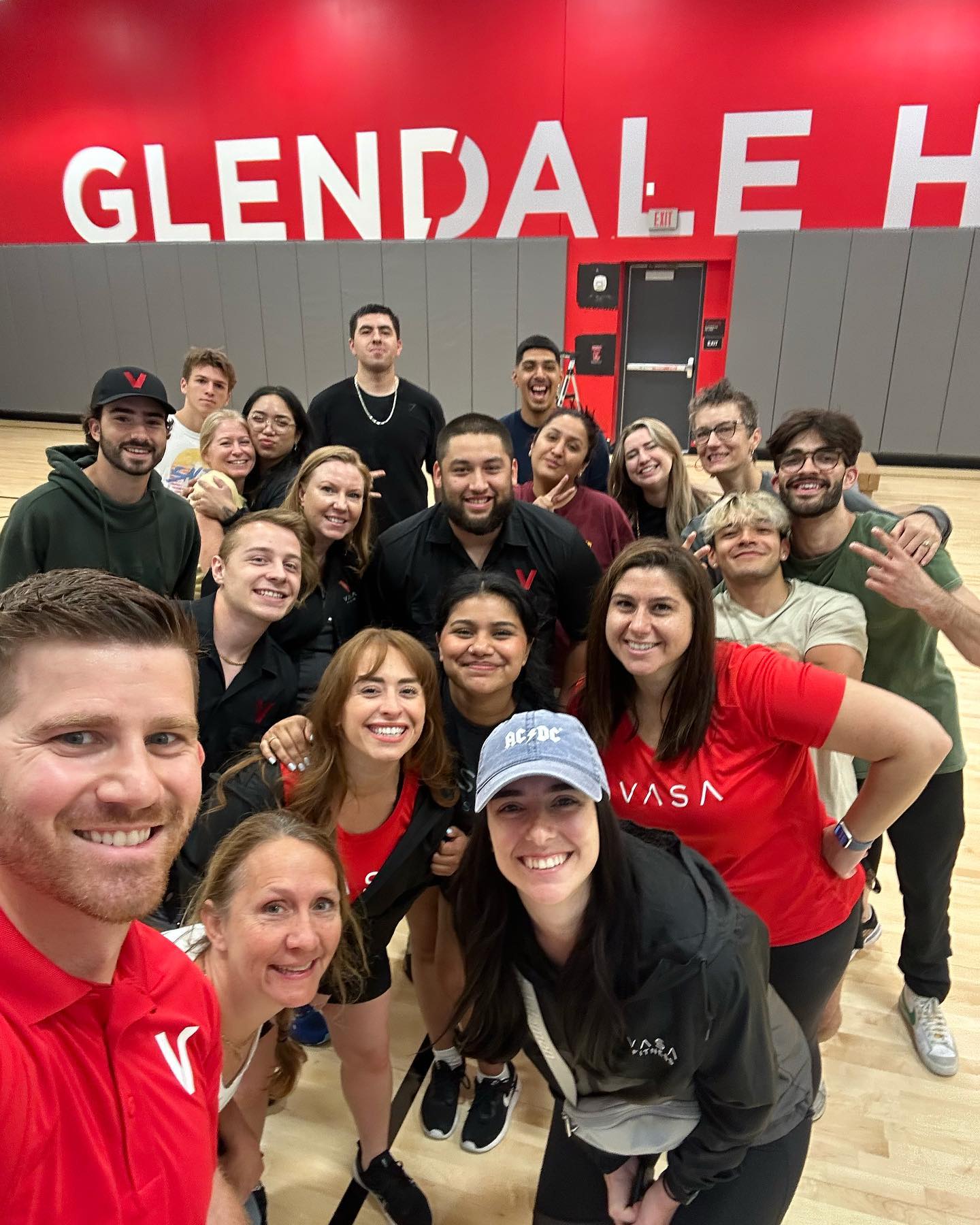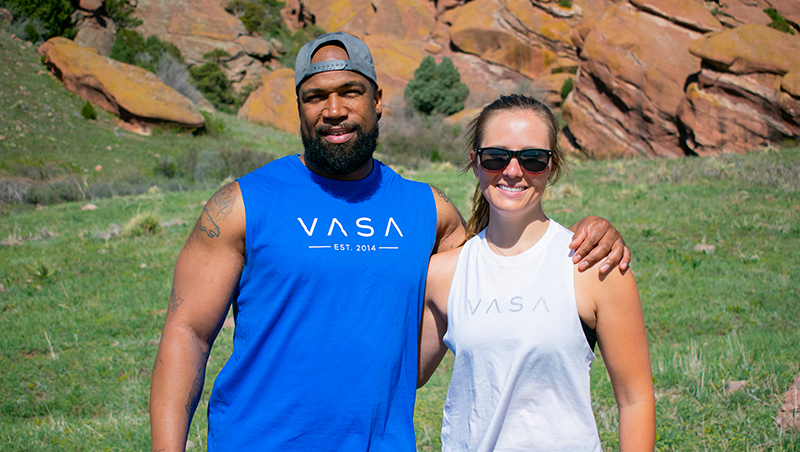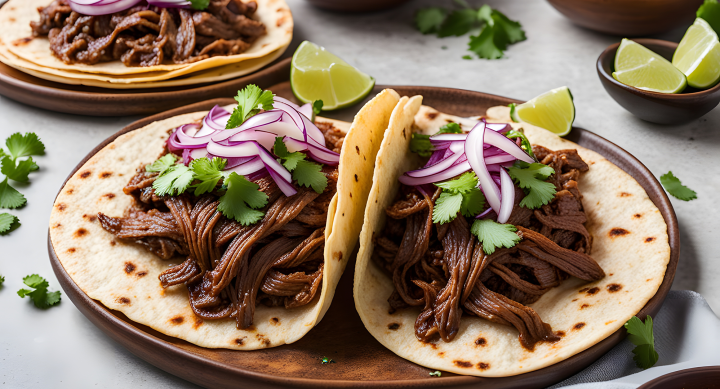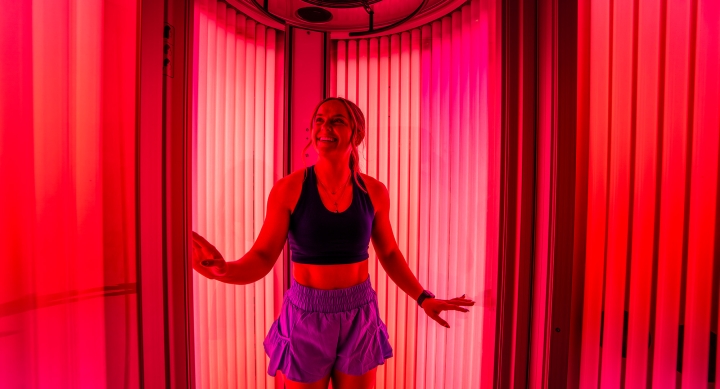How To Set Workout Goals
Summary
Setting fitness goals is one of the most effective ways to stay motivated, track progress, and build long-term consistency in your workouts. But vague goals like “get in shape” aren’t enough; using the SMART method (Specific, Measurable, Attainable, Relevant, Time-based) gives your fitness journey structure and direction. With a clear “why,” written goals, short-term targets, and progress tracking, you can stay focused and push through setbacks. Whether you’re new to the gym or refocusing your routine, strong goal-setting is the foundation of lasting success.
This article breaks down how to set SMART fitness goals, why short-term wins matter, and how understanding your personal “why” can keep you committed. You’ll also learn practical strategies for tracking progress and how VASA Fitness can support you every step of the way.
Key Points:
- SMART goals give your workouts purpose and help you track real progress.
- Example SMART goals include specific targets like lifting more weight or drinking more water.
- Break big goals into small, manageable steps to keep motivation high.
- Knowing your “why” keeps you grounded when progress feels slow.
- Write down your goals and review them daily to stay focused and accountable.
- Tracking workouts, whether with apps, heart rate monitors, or a notebook, helps reveal your progress over time.
- Sharing goals with a workout buddy or trainer can boost consistency and motivation.
- VASA offers tools, support, and personal training to help you hit your goals and stick with them.
Who It’s For:
Anyone looking to set clearer, more effective fitness goals—whether you’re just starting out, working toward a major milestone, or trying to build better habits that last.
Setting personal workout goals can be difficult, so we’re here to help! Here are some ways to set workout goals so you can stay on track, stay motivated, and succeed.

What Do You Want to Accomplish at the Gym?
Before you set foot in a gym, setting attainable fitness goals should be your starting point. If you don’t know what you want to accomplish, it’s hard to determine the right exercises and intensities to help you succeed. Being specific with your goals will also help you track progress to ensure what you’re doing is moving the needle.
For example, are you looking to improve your cardiovascular health, or are you focused on weight loss? What you’re looking to achieve long-term will help you determine the specifics of your goal. For example, if you’re looking to lose weight, you might want to set goals you can realistically achieve around how often you do physical activity, and what your eating habits look like. If you’re looking to improve you cardiovascular health, set goals around improving your mile time or VO2 max.
The SMART Goals Method
One of the best ways to set goals is to use the SMART method. Start with small, bite-sized goals that build up to your long-term fitness goals. The SMART goal acronym stands for:
- Specific: Be clear and concise so you know exactly what you are trying to achieve.
- Measurable: What is measured can be managed. Avoid vague goals like “get stronger” or “walk more”.
- Attainable: The goal should be challenging, not discouraging.
- Relevant: Your goals should be realistic and align with your lifestyle.
- Time-based: Give yourself a deadline. This will increase the urgency and likelihood of achieving your goals.
Here are a few SMART fitness goals examples:
- Lose 20 pounds of fat in 9 months to reach 25% body fat.
- Add 20 pounds to my flat bench press in 3 months.
- Drink half of my bodyweight in water at least five days each week for the next month.

Create Short-Term Goals For Fitness Success
When you create a list of fitness goals using the SMART method, it’s not uncommon for them to take six or more months to achieve. Once you have a long-term fitness goal in place, break it up into smaller, short-term goals to keep your motivation high and progress moving forward.
Short-term, time-bound goals should help you progress by 5-15%. For example, if your ultimate goal is to squat 200 pounds, and you’re currently at 100 pounds, the next short-term goal would be to increase your squat to 105-115 pounds over the course of 4 weeks. Then build up to 120-130 pounds during the next four weeks. Continue like this until you reach your long-term goal of 200 pounds.
Define Your “Why”
Once you’ve set realistic and measurable goals, it’s time to focus on the why. Understanding the “why” behind your goal is just as important as the goal itself. It’s what will get you through the tough days of strength training or cardio. Working to improve yourself is a noble undertaking and a form of self-care. Sometimes goals may take longer than originally planned, and that’s okay! The “why” you have for this goal will help you keep going when things get hard. Remind yourself of your “why” often, whether it’s a photo you look at daily, a sticky note on your mirror, a note you read on your phone—anything you can do to keep it top of mind will help you stay motivated!
Write Your Goals Out
A great way to hold yourself accountable is to write your gym goals and objectives down on a piece of paper (or as a note on your phone) and share them with others! The brain focuses on what it sees, so when you read your list of fitness goals daily, you’ll increase your excitement and motivation. Having a focus on what you’re working towards will help you filter out behaviors and activities that don’t support your journey! You might even discover a friend or family member has a similar goal. Having a friend to work out with and check in on you will make the process a lot more fun!
Track Your Workouts to See Progress
Tracking your workouts is important because it will help you see progress over time, even if you don’t “feel” or “see” it. We recommend finding an excellent tool to make tracking easy. There are a ton of great apps available to help you track your time, intensity, reps, and weights during a workout. If you want to keep it simple, use a notebook to record your workouts. If you’re working towards a more cardiovascular-based goal like completing a 5k or long-distance bike race, utilizing a heart rate monitor like Myzone is best for making sure you’re staying in the appropriate heart rate ranges. The more fit you become, the faster you’ll be able to go at a lower heart rate.
At the end of the day, whether you’re focusing on heart rate, mile times, or how much you can lift, tracking your progress will help you gradually increase your fitness and performance. This is key to achieving your goals and getting the desired result.

Reach Your Fitness Goals at VASA
There’s an old saying that claims, “if you want to go fast, go alone; if you want to go far, go together”. Having a support system can be crucial to achieving your fitness goals. The built-in accountability of showing up to the gym for a workout with a friend or certified Personal Trainer provides a ton of motivation, especially when they encourage you to work harder and be better. It’s easy to skip out on a workout or not go as hard when you’re on your own.
Setting fitness goals can be one of the most fulfilling things you do for yourself as you begin or continue your fitness journey. Listing fitness goals gives you even more of a reason to keep working, even when it seems like you’re not making any progress. Set your goals and get to work! You won’t regret it.
RECOMMENDED
SUBSCRIBE TO OUR BLOG
Enter your email to start receiving our blog emails!
